03/05 - 31/07, 2015
-
Simon Dybbroe Møller
Buongiorno Signor Courbet
The other day I needed to pee. I went into a Starbucks in the East Village and immediately noticed that it was uncharacteristically quiet. I hurried towards the bathroom and saw that there was no line. As I reduced my pace in preparation for a full stop, already more than content with the lack of hassle, I saw from a distance a green shimmer underneath the doorknob and I realized that the restroom was not occupied. Incredulously I walked straight into this New World equivalent to the public toilet and closed the door behind me. Standing there in the huge one-person unisex bathroom I looked down at my vintage monochrome Nike x Daves Quality Meat high-tops and I thought about Naomi Klein. I thought, “Hey! Naomi! Where are you now?”
I used to move a lot. Little money and no time to waste made us naturals at the prosaic landlord-tenant hustle. Moving out, there would always be holes in the walls and no tools and no time, so our Maestros, Visas and Master Cards would serve as spatulas and our toothpaste as the filler. Colgate if the walls were a bluish white, Elmex for a more creamy shade. Some people are into longevity, we were into performance.
Things have changed though. Today’s most zombie like scenario, for example, is not to be seen in the early morning at the end of alcohol and drug infused parties, but rather on a late Sunday afternoon after the yearly marathon, when paralyzed brains try to steer the numbered limping bodies they inhabit through the city towards their hotel rooms. This is how we feel our bodies.
Our relationship to real estate is crazily complicated. An exposed brick wall evokes a plenitude of memories, or associations based on legend, really (but at this point why distinguish?). Once the consequence of socio-economic circumstances rather than choice, today the exposed brick wall is applied to evoke an air of urbanity and liberalism. So we think New York, we think artist lofts, comedy cellars and what not, but doesn’t it also suggest a time of less worry? A time before the oil crisis and compulsory insulation, before global warming and before the 1945 atomic bomb test in New Mexico became acknowledged as the beginning of a new age. Like, youth. Like watching a young adult, a young cultural producer maybe, smoking a cigarette. How beautiful. How unproblematic.
Airbnb understands the perverse interdependence of real estate and the digital image and offers detailed photography advice on everything from lighting to styling: “If you have a guitar signed by Tom Petty, or a collection of US Civil War-era china, or chickens in the backyard, add pictures of them (….).. Don’t be shy—people love interesting spaces. Generally speaking, more is more, so the more photos you have the more excited people will be to browse them.”
The 1990 documentary The Civil War was made almost exclusively through slow zooming and panning across thousands and thousands of archival photos. This attempt to “wake the dead” had such an impact on Steve Jobs that he went ahead and bought the directors name to apply to a movement effect in iPhoto now known as The Ken Burns Effect.
I have just had my iPhone repaired. It was the glass again. The surface looked like cracked ice but un-mistakenly felt like broken glass when swiping. Accepting a call while reading a press release in a Chelsea gallery I squeezed the phone between shoulder and ear. Soon after I felt a drip on my neck. Since there was no public restroom I used my bloodstained iPhone to photograph and thereby examine the cut.
It was not that bad.
The other day I needed to pee. I went into a Starbucks in the East Village and immediately noticed that it was uncharacteristically quiet. I hurried towards the bathroom and saw that there was no line. As I reduced my pace in preparation for a full stop, already more than content with the lack of hassle, I saw from a distance a green shimmer underneath the doorknob and I realized that the restroom was not occupied. Incredulously I walked straight into this New World equivalent to the public toilet and closed the door behind me. Standing there in the huge one-person unisex bathroom I looked down at my vintage monochrome Nike x Daves Quality Meat high-tops and I thought about Naomi Klein. I thought, “Hey! Naomi! Where are you now?”
I used to move a lot. Little money and no time to waste made us naturals at the prosaic landlord-tenant hustle. Moving out, there would always be holes in the walls and no tools and no time, so our Maestros, Visas and Master Cards would serve as spatulas and our toothpaste as the filler. Colgate if the walls were a bluish white, Elmex for a more creamy shade. Some people are into longevity, we were into performance.
Things have changed though. Today’s most zombie like scenario, for example, is not to be seen in the early morning at the end of alcohol and drug infused parties, but rather on a late Sunday afternoon after the yearly marathon, when paralyzed brains try to steer the numbered limping bodies they inhabit through the city towards their hotel rooms. This is how we feel our bodies.
Our relationship to real estate is crazily complicated. An exposed brick wall evokes a plenitude of memories, or associations based on legend, really (but at this point why distinguish?). Once the consequence of socio-economic circumstances rather than choice, today the exposed brick wall is applied to evoke an air of urbanity and liberalism. So we think New York, we think artist lofts, comedy cellars and what not, but doesn’t it also suggest a time of less worry? A time before the oil crisis and compulsory insulation, before global warming and before the 1945 atomic bomb test in New Mexico became acknowledged as the beginning of a new age. Like, youth. Like watching a young adult, a young cultural producer maybe, smoking a cigarette. How beautiful. How unproblematic.
Airbnb understands the perverse interdependence of real estate and the digital image and offers detailed photography advice on everything from lighting to styling: “If you have a guitar signed by Tom Petty, or a collection of US Civil War-era china, or chickens in the backyard, add pictures of them (….).. Don’t be shy—people love interesting spaces. Generally speaking, more is more, so the more photos you have the more excited people will be to browse them.”
The 1990 documentary The Civil War was made almost exclusively through slow zooming and panning across thousands and thousands of archival photos. This attempt to “wake the dead” had such an impact on Steve Jobs that he went ahead and bought the directors name to apply to a movement effect in iPhoto now known as The Ken Burns Effect.
I have just had my iPhone repaired. It was the glass again. The surface looked like cracked ice but un-mistakenly felt like broken glass when swiping. Accepting a call while reading a press release in a Chelsea gallery I squeezed the phone between shoulder and ear. Soon after I felt a drip on my neck. Since there was no public restroom I used my bloodstained iPhone to photograph and thereby examine the cut.
It was not that bad.
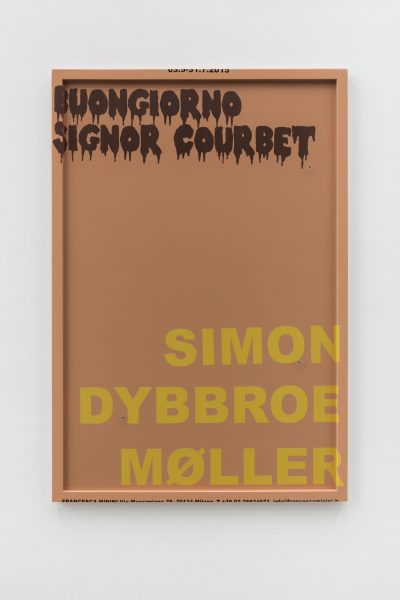 Ad #1, 2015Acrylics, vinyl, Urinal Fly stickers, Frame
Ad #1, 2015Acrylics, vinyl, Urinal Fly stickers, Frame
126×86 cm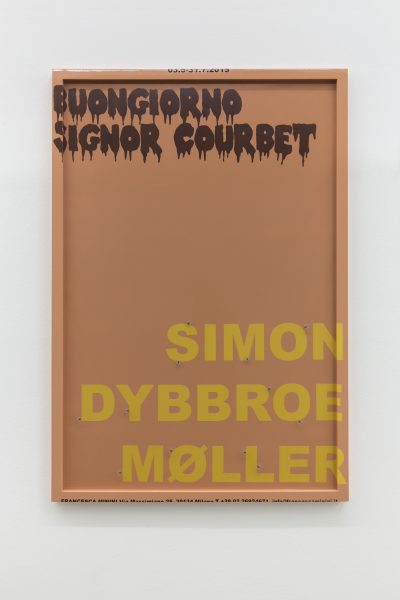 Ad #2, 2015Acrylics, vinyl, Urinal Fly stickers, Frame
Ad #2, 2015Acrylics, vinyl, Urinal Fly stickers, Frame
126×86 cm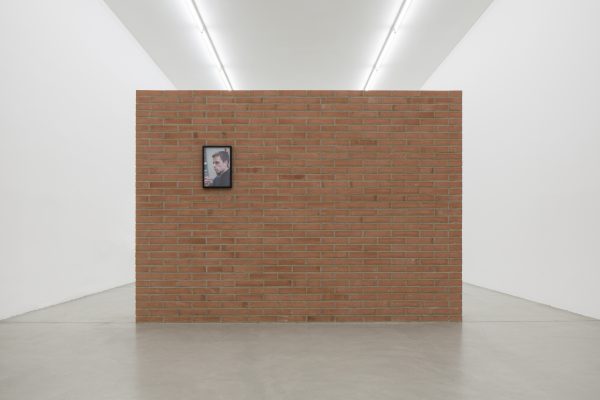 Exposure, 2015red bricks, mortar, photographic portrait of Alex Mackin Dolan, frame, refurbished vintage Basso road bike.
Exposure, 2015red bricks, mortar, photographic portrait of Alex Mackin Dolan, frame, refurbished vintage Basso road bike.
212×297,5×51 cm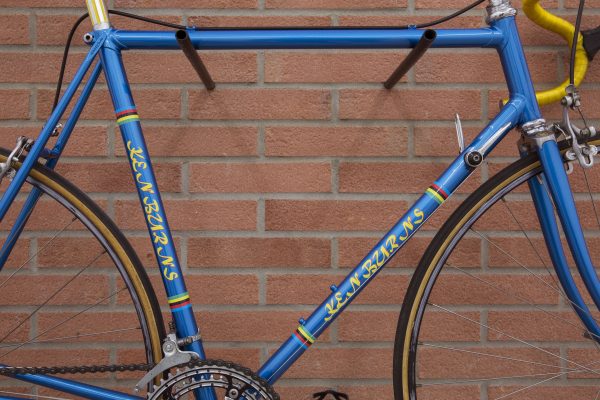 Exposure, 2015, detailred bricks, mortar, photographic portrait of Alex Mackin Dolan, frame, refurbished vintage Basso road bike.
Exposure, 2015, detailred bricks, mortar, photographic portrait of Alex Mackin Dolan, frame, refurbished vintage Basso road bike.
212×297,5×51 cm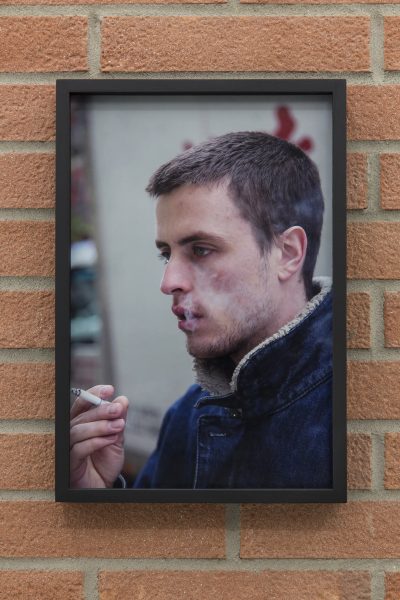 Exposure, 2015, detailred bricks, mortar, photographic portrait of Alex Mackin Dolan, frame, refurbished vintage Basso road bike.
Exposure, 2015, detailred bricks, mortar, photographic portrait of Alex Mackin Dolan, frame, refurbished vintage Basso road bike.
212×297,5×51 cm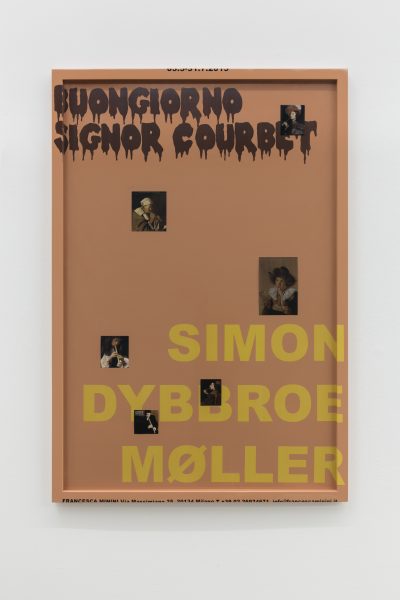 Ad #3, 2015C-Prints, Acrylics, vinyl, Frame,
Ad #3, 2015C-Prints, Acrylics, vinyl, Frame,
126×86 cm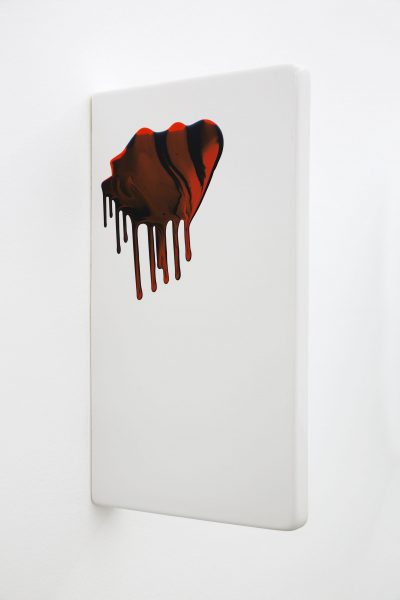 Shame Shield (modern ceramics), 2015all ceramic glaze on Philippe Starck-designed Duravit urinal
Shame Shield (modern ceramics), 2015all ceramic glaze on Philippe Starck-designed Duravit urinal
70×40 cm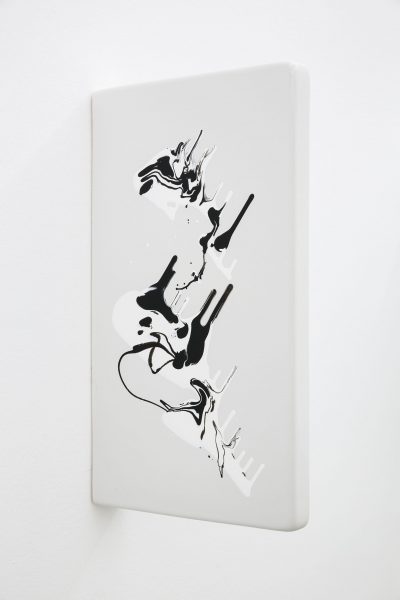 Shame Shield (modern ceramics), 2015all ceramic glaze on Philippe Starck-designed Duravit urinal
Shame Shield (modern ceramics), 2015all ceramic glaze on Philippe Starck-designed Duravit urinal
70×40 cm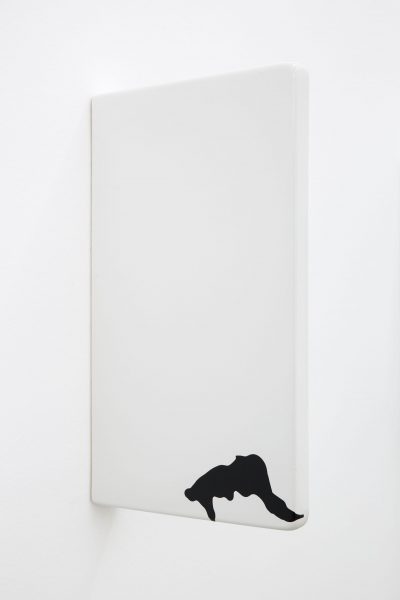 Shame Shield (modern ceramics), 2015all ceramic glaze on Philippe Starck-designed Duravit urinal
Shame Shield (modern ceramics), 2015all ceramic glaze on Philippe Starck-designed Duravit urinal
70×40 cm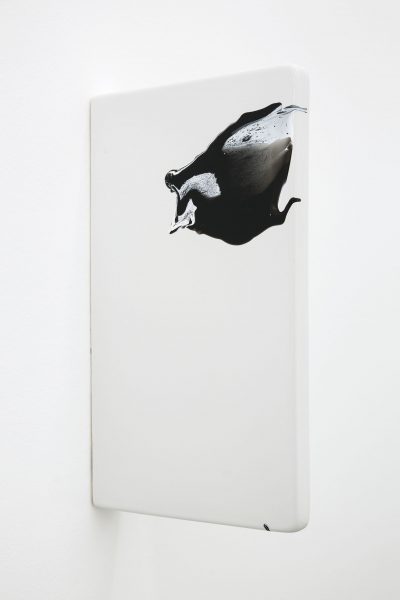 Shame Shield (modern ceramics), 2015all ceramic glaze on Philippe Starck-designed Duravit urinal
Shame Shield (modern ceramics), 2015all ceramic glaze on Philippe Starck-designed Duravit urinal
70×40 cm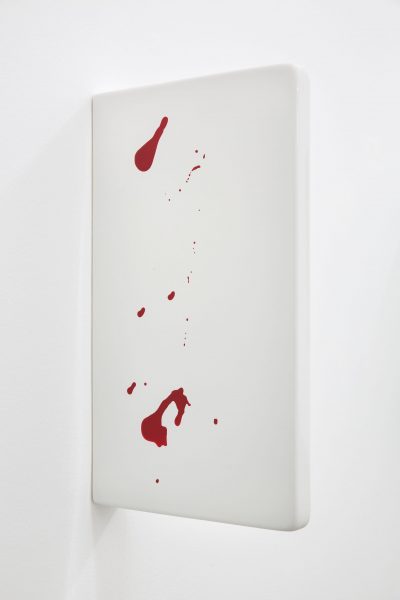 Shame Shield (modern ceramics), 2015all ceramic glaze on Philippe Starck-designed Duravit urinal
Shame Shield (modern ceramics), 2015all ceramic glaze on Philippe Starck-designed Duravit urinal
70×40 cm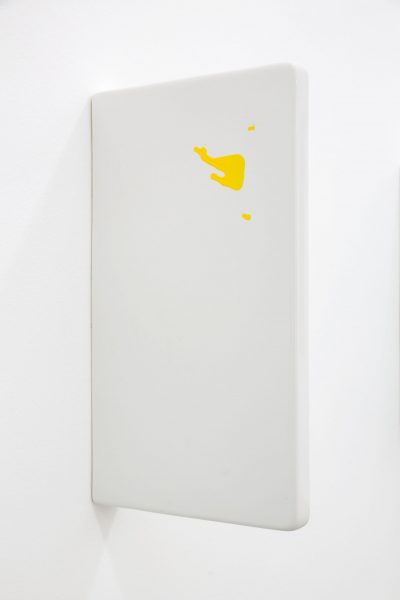 Shame Shield (modern ceramics), 2015all ceramic glaze on Philippe Starck-designed Duravit urinal
Shame Shield (modern ceramics), 2015all ceramic glaze on Philippe Starck-designed Duravit urinal
70×40 cm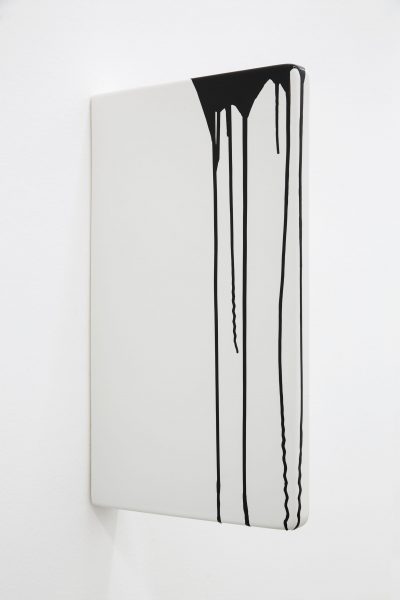 Shame Shield (modern ceramics), 2015all ceramic glaze on Philippe Starck-designed Duravit urinal
Shame Shield (modern ceramics), 2015all ceramic glaze on Philippe Starck-designed Duravit urinal
70×40 cm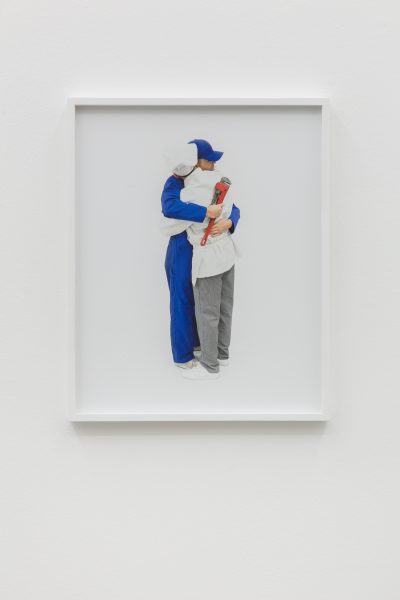 The Embrace, 2015C-print
The Embrace, 2015C-print
52×42 cm
Edition of 3













































